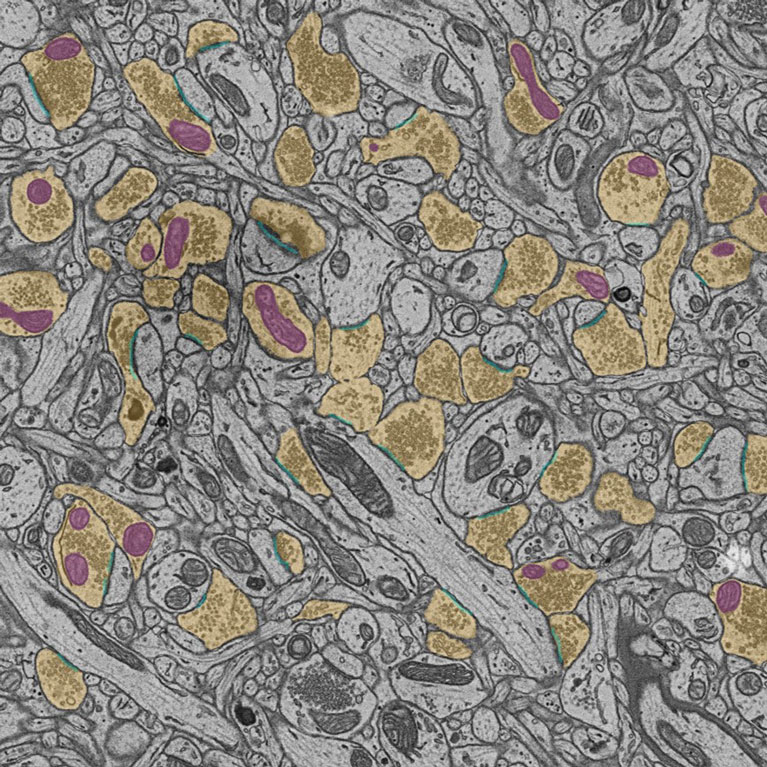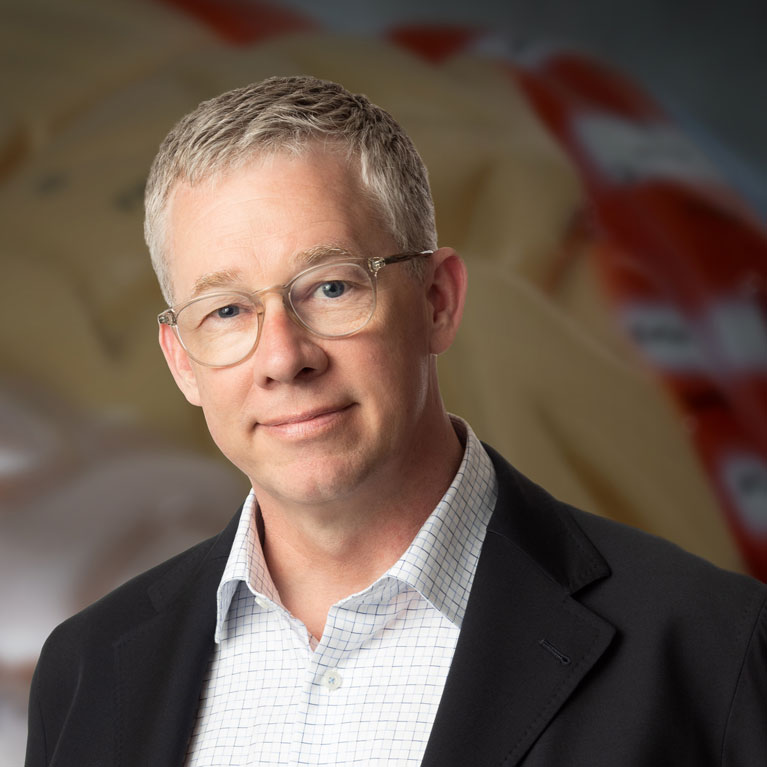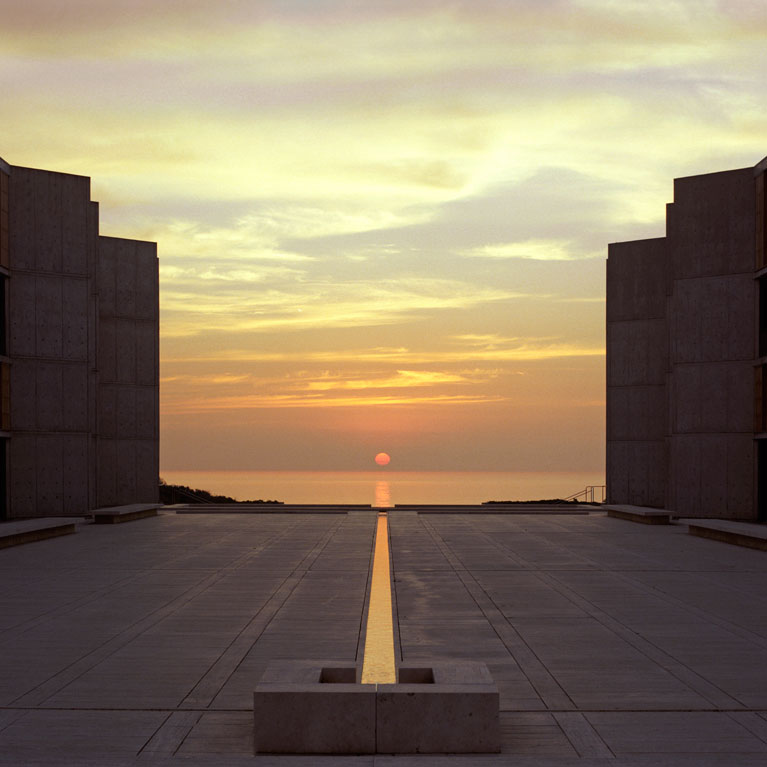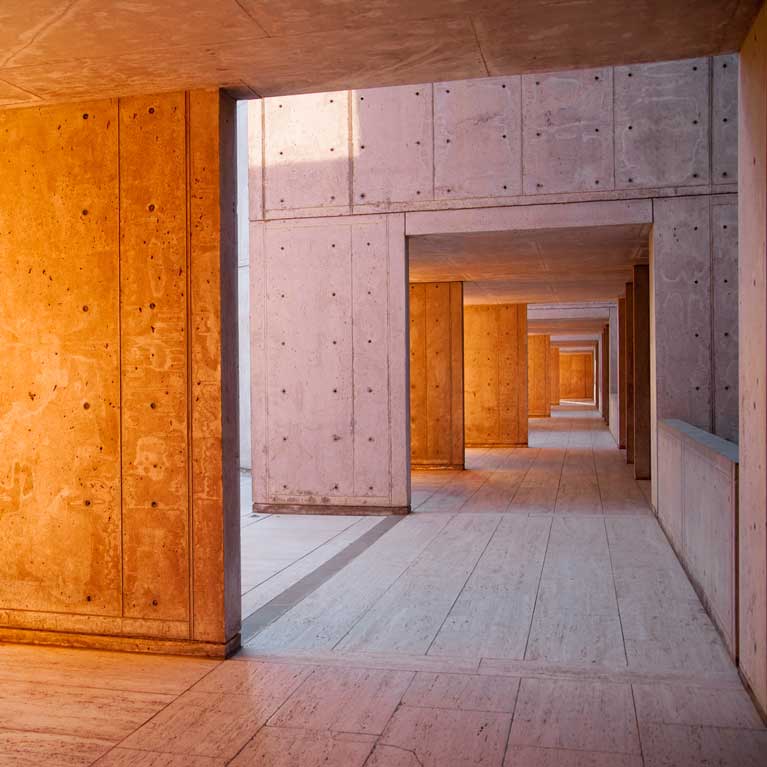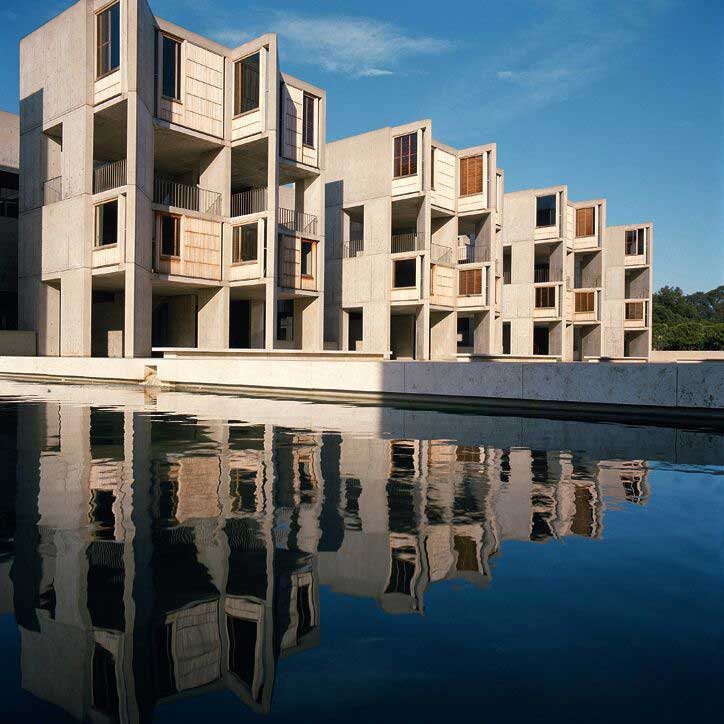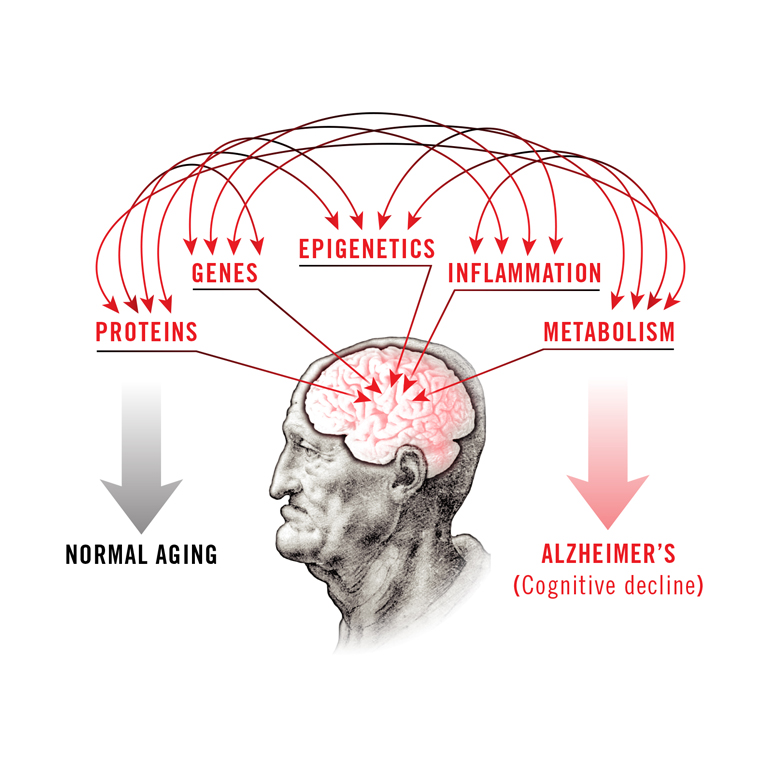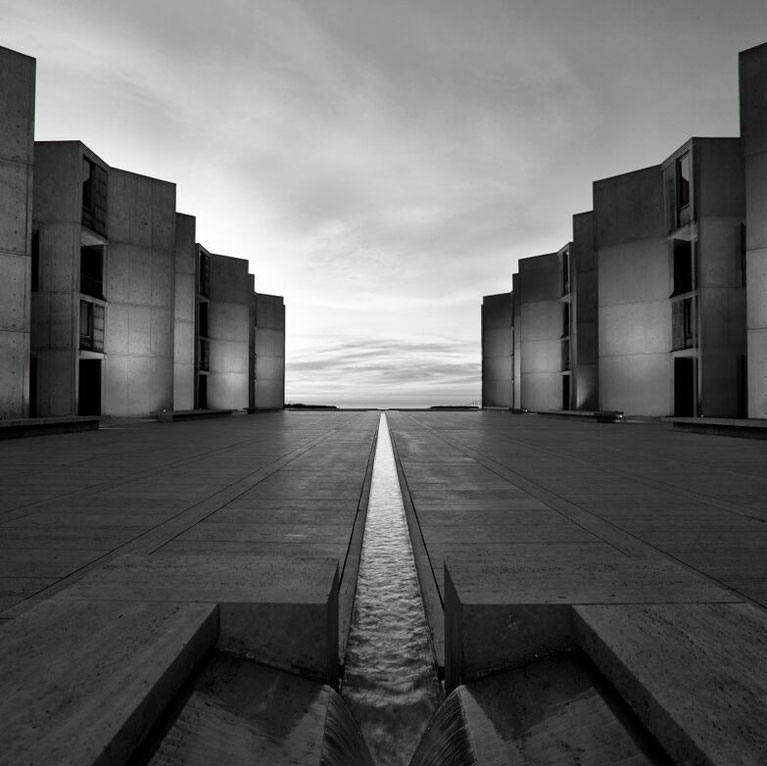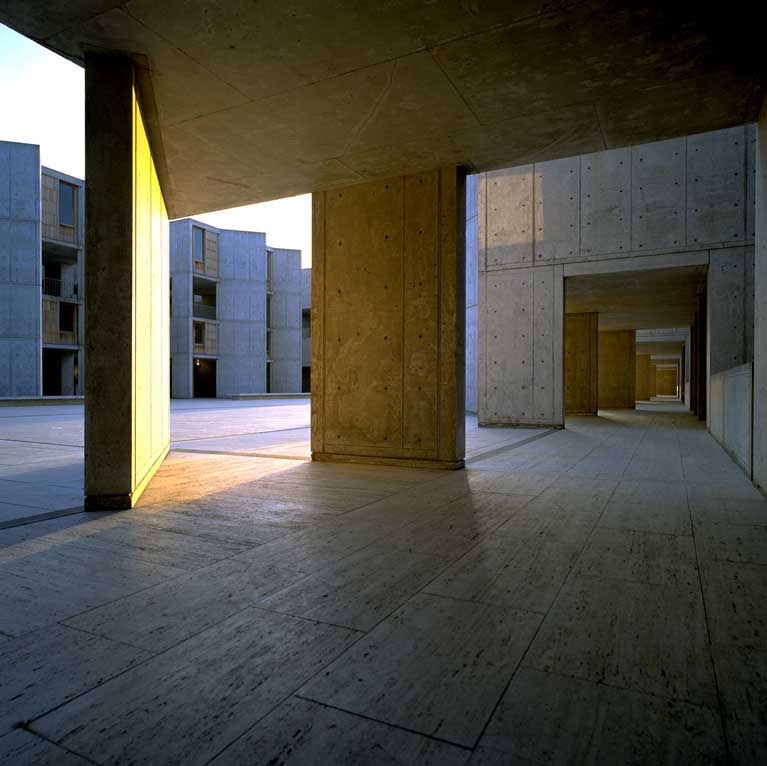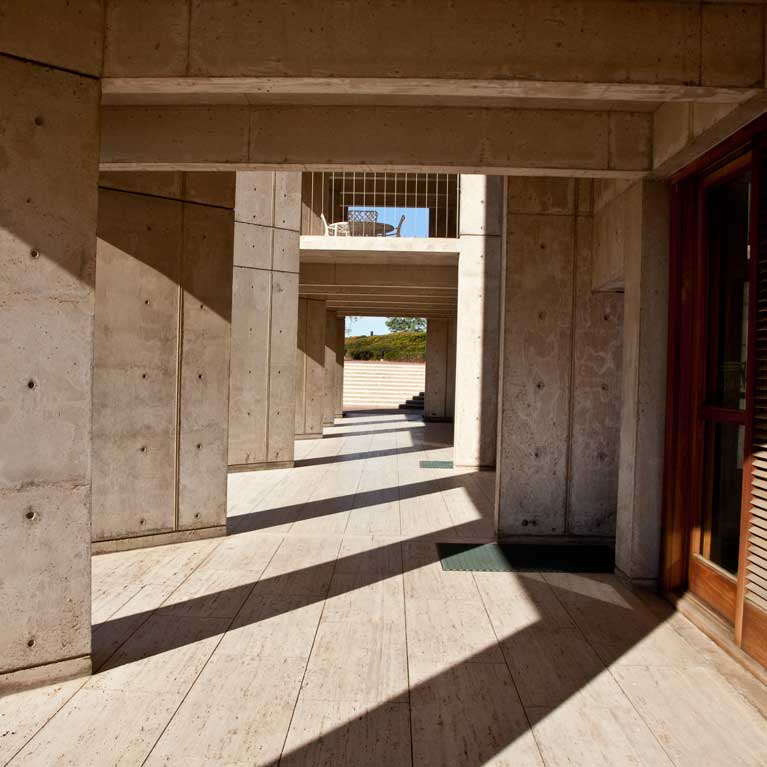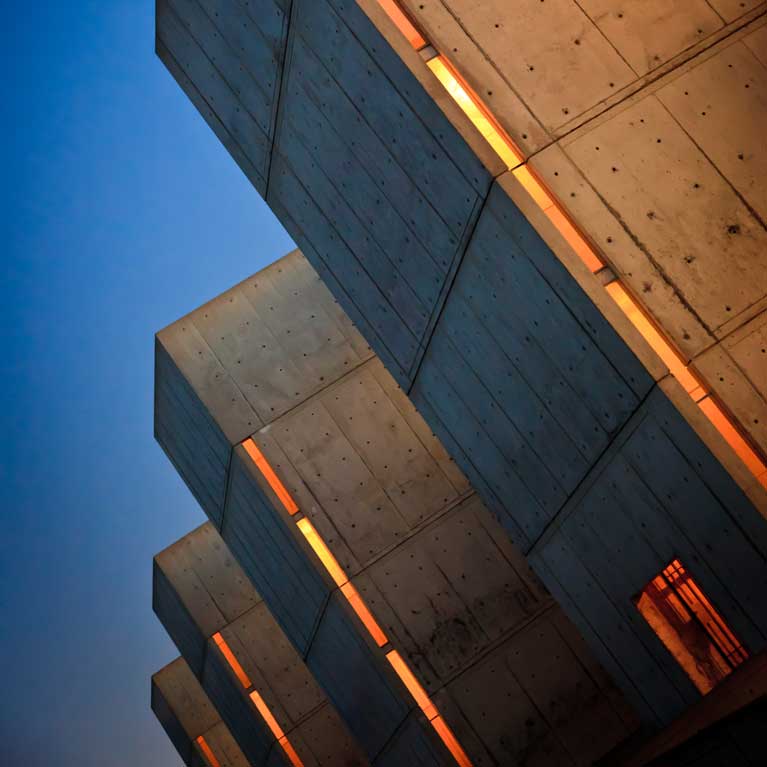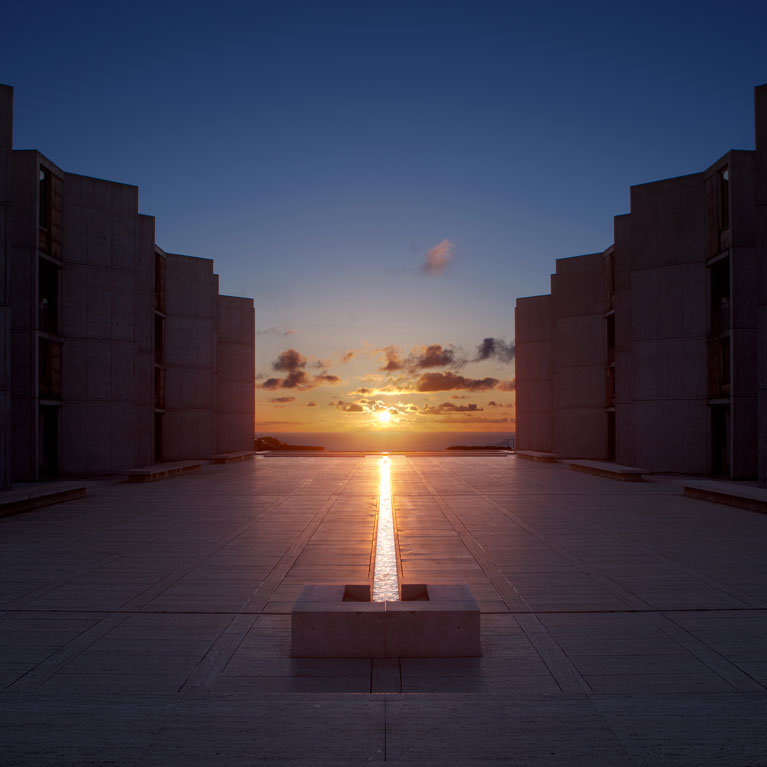Lab News
Mitochondria power-supply failure may cause age-related cognitive impairment
LA JOLLA—Brains are like puzzles, requiring many nested and codependent pieces to function well. The brain is divided into areas, each containing many millions of neurons connected across thousands of synapses. These synapses, which enable communication between neurons, depend on even smaller structures: message-sending boutons (swollen bulbs at the branch-like tips of neurons), message-receiving dendrites (complementary branch-like structures for receiving bouton messages), and power-generating mitochondria. To create a cohesive brain, all these pieces must be accounted for.
Salk Professor John Reynolds named 2022 AAAS Fellow
LA JOLLA (January 31, 2023)— Salk Institute Professor John Reynolds has been named a 2022 Fellow of the American Association for the Advancement of Science (AAAS), the world’s largest general scientific society and publisher of the journal Science. Reynolds is among 506 new AAAS Fellows spanning 24 scientific disciplines who were nominated by their peers for their distinguished efforts to advance science.
Which side is which?: How the brain perceives borders
LA JOLLA—In the classic “Rubin’s vase” optical illusion, you can see either an elaborate, curvy vase or two faces, noses nearly touching. At any given moment, which scene you perceive depends on whether your brain is viewing the central vase shape to be the foreground or background of the picture.
Salk scientists awarded $1.2 million by Larry L. Hillblom Foundation to study brain aging and dementia
LA JOLLA—A collaborative team of Salk scientists led by Professor John Reynolds will receive $1.2 million over four years as part of a Network Grant from the Larry L. Hillblom Foundation to examine aging across the life span, including age-related neurodegenerative diseases such as Alzheimer’s disease. The research will advance our understanding of aging mechanisms at the cognitive, genomic and cellular levels with potentially direct translatability to humans. Other members of the team include Salk President and Professor Rusty Gage, Staff Scientist Uri Manor, Senior Staff Researcher Courtney Glavis-Bloom, and Carol Marchetto, an assistant professor at the University of California San Diego.
Traveling brain waves help detect hard-to-see objects
LA JOLLA—Imagine that you’re late for work and desperately searching for your car keys. You’ve looked all over the house but cannot seem to find them anywhere. All of a sudden you realize your keys have been sitting right in front of you the entire time. Why didn’t you see them until now?
How attention helps the brain perceive an object
LA JOLLA—It’s easy to miss something you’re not looking for. In a famous example, people were asked to closely observe two groups of people—one group clad in black, the other in white—pass a ball among themselves. Viewers were asked to count the number of times the ball passed from black to white. Remarkably, most observers did not notice a man in a gorilla suit, walking among the players. This ability of the brain to ignore extraneous visual information is critical to how we work and function, but the processes governing perception and attention are not fully understood. Scientists have long theorized that attention to a particular object can alter perception by amplifying certain neuronal activity and suppressing the activity of other neurons (brain “noise”).
Salk awarded $19.2 million by the American Heart Association-Allen Initiative to study Alzheimer’s and aging in the brain
LA JOLLA—A team of Salk Institute researchers led by President Rusty Gage has been awarded $19.2 million over eight years by the American Heart Association-Allen Initiative in Brain Health and Cognitive Impairment to investigate mechanisms underlying Alzheimer’s disease and aging-related cognitive decline and uncover new therapies. This bold venture will comprehensively analyze interactions between five areas key to brain health: proteins, genes, metabolism, inflammation and epigenetics.
When it comes to recognizing shapes, timing is everything
LA JOLLA—Visual prosthetics, or bionic eyes, are soon becoming a reality, as researchers make strides in strategies to reactivate parts of the brain that process visual information in people affected by blindness.
Scientists help explain visual system’s remarkable ability to recognize complex objects
LA JOLLA, CA—How is it possible for a human eye to figure out letters that are twisted and looped in crazy directions, like those in the little security test internet users are often given on websites?
Salk Institute promotes three top scientists
LA JOLLA, CA—The Salk Institute is pleased to announce the promotions of faculty members, John Reynolds to the rank of full professor and Clodagh O’Shea and Tatyana Sharpee to associate professors based on recommendations by the Salk faculty and nonresident fellows, and approved by President William R. Brody and the Institute’s Board of Trustees.
Gatsby Charitable Foundation awards $4 million to Salk-UC San Diego consortium to study brain circuitry
LA JOLLA—A new consortium of four research teams from the Salk Institute for Biological Studies and the University of California, San Diego has been selected by the Gatsby Charitable Foundation, based in the United Kingdom, to receive a $4 million grant over five years to study neuronal circuits underlying higher brain function.
Rising above the din: Attention makes sensory signals stand out amidst the background noise in the brain
LA JOLLA, CA—The brain never sits idle. Whether we are awake or asleep, watch TV or close our eyes, waves of spontaneous nerve signals wash through our brains. Researchers at the Salk Institute for Biological Studies studying visual attention have discovered a novel mechanism that explains how incoming sensory signals make themselves heard amidst the constant background rumblings so they can be reliably processed and passed on.
Visual attention: how the brain makes the most of the visible world
La Jolla, CA—The visual system has limited capacity and cannot process everything that falls onto the retina. Instead, the brain relies on attention to bring salient details into focus and filter out background clutter. Two recent studies by researchers at the Salk Institute for Biological Studies, one study employing computational modeling techniques and the other experimental techniques, have helped to unravel the mechanisms underlying attention.
From the corner of the eye: Paying attention to attention
La Jolla, CA – Every kid knows that moms have “eyes in the back of their heads.” We are adept at fixing our gaze on one object while independently directing attention to others. Salk Institute neurobiologists are beginning to tease apart the complex brain networks that enable humans and other higher mammals to achieve this feat.
The time it takes to reassemble the world
La Jolla, CA – A few glimpses are enough to perceive a seamless and richly detailed visual world. But instead of “photographic snapshots,” information about the color, shape and motion of an object is pulled apart and sent through individual nerve cells, or neurons, to the visual center in the brain. How the brain puts the scene back to together has been hotly debated ever since neurons were discovered over a century ago.
We live in the past and our brain makes up for it
La Jolla, CA – For the first time, scientists have caught a glimpse of the brain as it predicted the future location of a fast moving object in real time.
